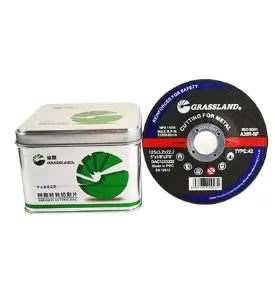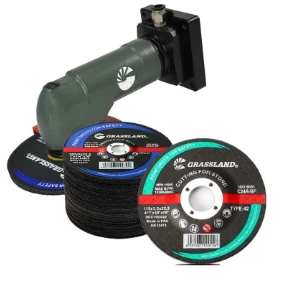

Equally important is the bond type that holds the abrasive particles together. This bond can be vitrified, resin, rubber, or metal, each offering distinct benefits and limitations. Vitrified bonds, known for their strength, rigidity, and porosity, are common in precision grinding applications. On the other hand, resin bonds provide flexibility and are preferred in applications requiring high shock and impact resistance. The wheel grade, which indicates the wheel’s hardness and durability, is another component not to be overlooked. It is typically denoted by a letter grade, with A being the softest and Z the hardest. Choosing the right grade is pivotal; softer grades are recommended for hard materials to prevent glazing, whereas harder grades are more suitable for soft materials to prevent excessive wear. Finally, the wheel's structure, defined by the spacing of the abrasive grains, is instrumental in determining the grinding wheel’s capacity to hold larger volumes of swarf. A dense structure leads to a smoother finish, while an open structure enhances coolant flow and prevents overheating, making it preferable for heavy-duty grinding operations. Leveraging a thorough understanding of grinding wheel nomenclature enhances precision and efficiency in machining operations. It assures the optimal selection of a product that aligns with specific needs, ensuring safety, maximizing tool life, and improving surface finish quality. With authoritative knowledge, trusted expertise, and practical experience, professionals can effectively navigate the complexities of grinding wheel specifications to deliver superior performance in the industrial setting.
Post time:Jan - 13 - 2025

















